Bulky, uncomfortable headsets are hopefully on the way out, with VR companies looking into ways to make ultralight options powered by Qualcomm chips.



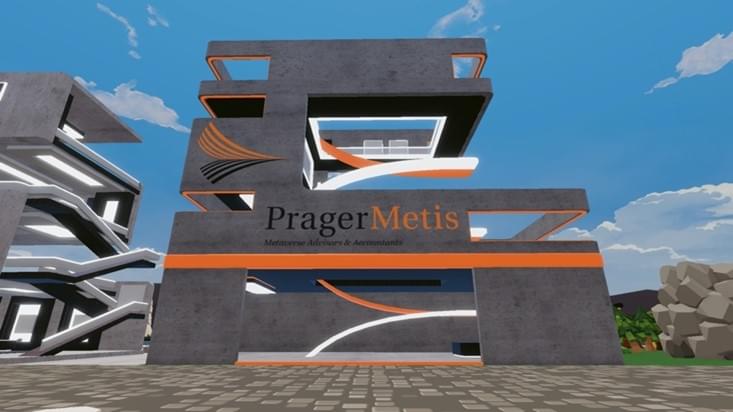
Prager Metis has become the first CPA firm to open up a metaverse headquarters. The firm, which in real life is based in New York, is setting up shop in Decentraland, a 3D virtual world, as part of a joint venture with Banquet LLC, a metaverse studio.
The firm purchased the piece of virtual real estate on Dec. 28, a three-story digital structure. On the first floor is an open floor plan that doubles as a gallery space for nonfungible tokens from Prager Metis clients along with a large entertainment area. The second floor will provide more of a working space with meeting rooms and conference capabilities. The third floor will serve as a rooftop space where Prager Metis intends to host events and even live entertainment.
The metaverse has been attracting attention ever since Facebook’s parent company announced a name change last October to Meta to highlight its interest in developing technology for virtual reality and augmented reality. More businesses have followed suit in setting up shop in the metaverse. Prager Metis isn’t the first firm to dip its toes in the waters: PricewaterhouseCoopers’ Hong Kong firm announced last month that it had bought virtual land on another metaverse platform, the Sandbox, but Prager Metis is going further by setting up an actual headquarters in Decentraland. It plans to focus on advisory services for clients and potentially for other accounting firms as well. The firm already has clients who have entered the rapidly growing market for nonfungible tokens, or NFTs, which use blockchain technology to create collectibles and artwork that people bid on to buy and trade.
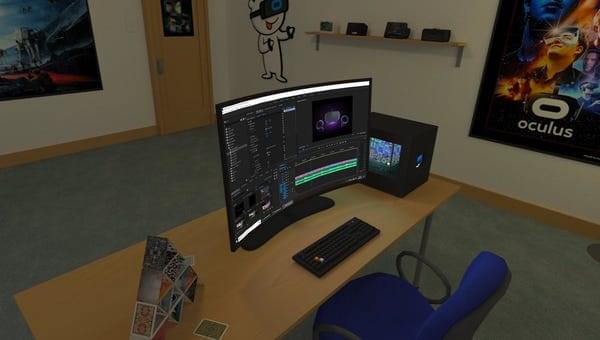
Oculus Quests a re some of the best wireless VR headsets you can buy. But they can’t run high-end games like those found in the Steam Store. You can connect to a PC with a cable, but that’s inconvenient. Wirelessly streaming VR games required jumping through hoops with using developer mode and SideQuest. But with the $20 Virtual Desktop app, that’s not the case anymore.
Virtual Desktop always had the capability to wirelessly stream SteamVR games, in truth. You could install the streaming app on your PC and then your Oculus Quest VR headset, and as far as the app was concerned, you would have been good to go. But Oculus prevented the app from streaming VR games and limited it to just controlling your PC in a VR environment. It did so in the name of customer experience.
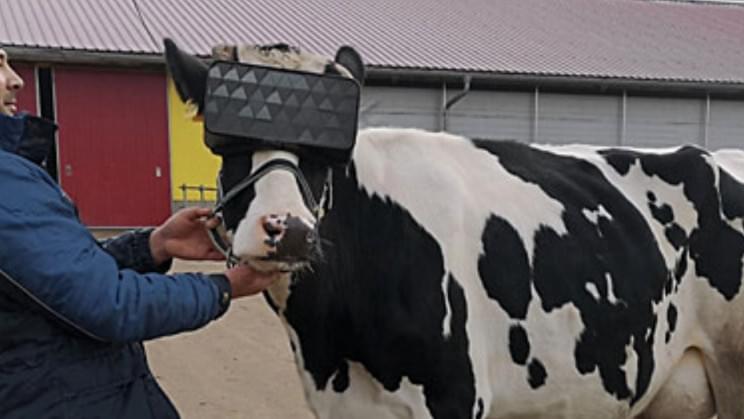
Enter the cow matrix.
Meta’s much-anticipated virtual reality project Metaverse is expected to be the beginning of a whole new era. And while we are excited for all the opportunities this new virtual world might offer us, not all uses of VR are meant for humans.
You might remember our previous coverage about Russian cows that are fitted with VR goggles. These VR headsets were claimed to help cows relax by offering them sun-filled views of green pastures so that the animals would be happier and produce more milk.
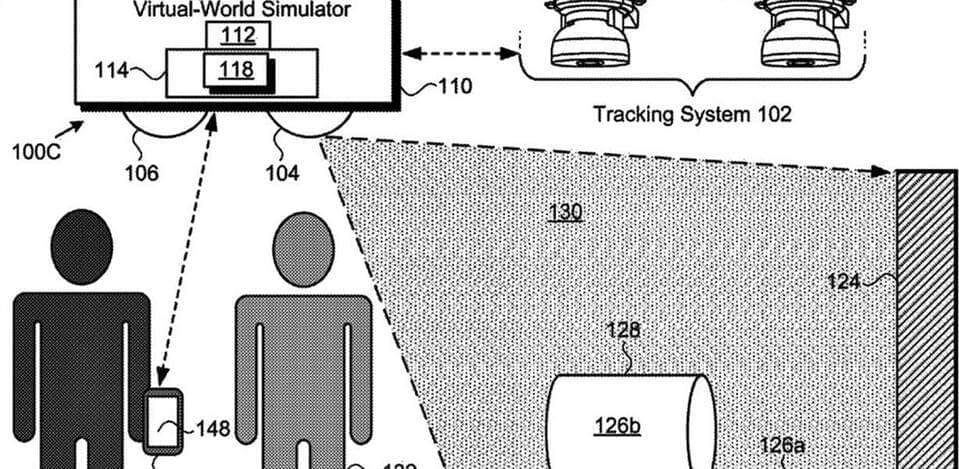
The immersive tech could eventually allow park visitors to interact with Mickey Mouse and Elsa as images, not cast members in costume.
Disney is joining the metaverse party.
We aren’t talking online gigs or business meetings with avatars. Disney wants to enhance the virtual dimension of its theme parks with its Virtual World Simulator, new technology for which it was granted a patent in the U.S. on December 28.
The system could be used as follows: a user enters a venue or ride in which images are projected onto flat and curved surfaces, creating an immersive virtual environment. The user’s movements are tracked and the projections change accordingly, maintaining the sense of a complex, coherent world. Their shifting viewpoint is gauged with a technique called Simultaneous Localization and Mapping, or SLAM.
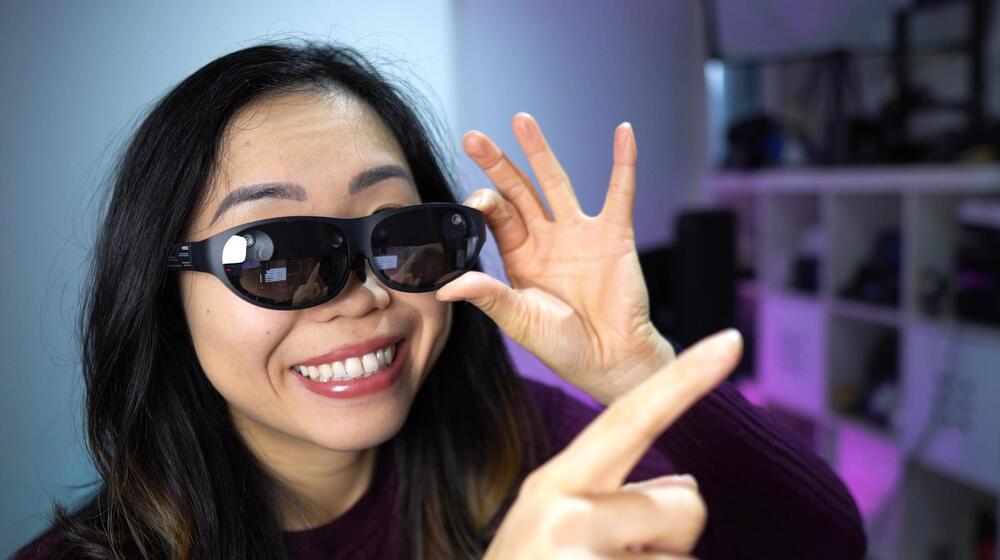
Nreal is a China-based startup behind the Nreal Light AR glasses, which aim for a sunglasses-like design. By hooking it up to your (Android) phone, it’s able to project virtual objects in your real environment and even allow you to walk around with position tracking. While we’re not quite there yet, I think the Nreal Light is definitely getting us closer to fully fledged AR glasses.
Cas and Chary VR is a YouTube channel hosted by Netherland-based duo Casandra Vuong and Chary Keijzer who have been documenting their VR journeys since 2016. They share a curated selection of their content with extra insights for the Road to VR audience.

Schell Games today announced that Lost Recipes, its upcoming historical cooking sim, is set to release January 27th on the Quest platform, bringing with it the chance to cook ancient recipes in period accurate kitchens from around the world.
Arriving from the VR veterans known for I Expect You to Die, Until You Fall, and the upcoming VR adaptation of Among Us, Lost Recipes throws you into a time portal to recreate dishes from centuries past.
Schell Games says Lost Recipes teleports you to “historically-accurate kitchens, using authentic ingredients, utensils, and techniques.” Check out the announcement trailer below:

Of course, a minimum level of fidelity is required, but what’s far more important is perceptual consistency. By this, I mean that all sensory signals (i.e. sight, sound, touch, and motion) feed a single mental model of the world within your brain. With augmented reality, this can be achieved with relatively low visual fidelity, as long as virtual elements are spatially and temporally registered to your surroundings in a convincing way. And because our sense of distance (i.e. depth perception) is relatively coarse, it’s not hard for this to be convincing.
But for virtual reality, providing a unified sensory model of the world is much harder. This might sound surprising because it’s far easier for VR hardware to provide high-fidelity visuals without lag or distortion. But unless you’re using elaborate and impractical hardware, your body will be sitting or standing still while most virtual experiences involve motion. This inconsistency forces your brain to build and maintain two separate models of your world — one for your real surroundings and one for the virtual world that is presented in your headset.
When I tell people this, they often push back, forgetting that regardless of what’s happening in their headset, their brain still maintains a model of their body sitting on their chair, facing a particular direction in a particular room, with their feet touching the floor (etc.). Because of this perceptual inconsistency, your brain is forced to maintain two mental models. There are ways to reduce the effect, but it’s only when you merge real and virtual worlds into a single consistent experience (i.e. foster a unified mental model) that this truly gets solved.
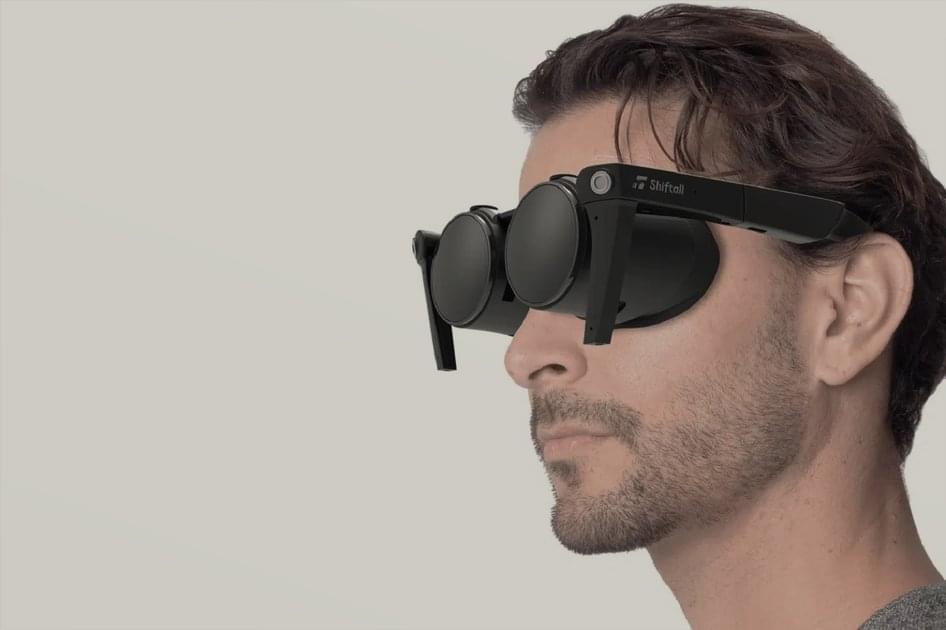
(Pocket-lint) — Panasonic has been working on VR glasses for a while. Originally revealing its future offerings back in 2020. Now we have a proper device in the form of the MeganeX.
At this year’s CES, the company has shown off a tiny pair of compact VR goggles designed to work with SteamVR. These VR goggles use MicroOLED technology capable of delivering 2,560x2,560 pixels per eye with a 120Hz refresh rate and 10-bit HDR.